How Does Brazilian Jiu Jitsu Work?
Table of Contents:
- Introduction to Brazilian Jiu Jitsu
- History of Brazilian Jiu Jitsu
- Benefits of Practicing Brazilian Jiu Jitsu
- Getting Started with Brazilian Jiu Jitsu
- Brazilian Jiu Jitsu Techniques
- Brazilian Jiu Jitsu Gear and Equipment
- Brazilian Jiu Jitsu Training Tips
- Brazilian Jiu Jitsu Competitions and Events
- Brazilian Jiu Jitsu for Self-Defense
- Frequently Asked Questions (FAQs)
Introduction to Brazilian Jiu Jitsu:
Brazilian Jiu Jitsu (BJJ) stands as a martial art and combat sport that has garnered immense popularity worldwide, with its roots deeply entrenched in grappling and ground fighting techniques. Originating in Brazil during the early 20th century, BJJ has evolved into a sophisticated system that emphasizes leverage, technique, and strategy. Unlike other martial arts that prioritize striking and kicking, BJJ focuses on controlling an opponent through joint locks and chokeholds, rendering size and strength less relevant. This aspect of BJJ makes it particularly appealing to individuals seeking practical self-defense skills or a unique form of physical fitness.
History of Brazilian Jiu Jitsu:
The rich history of Brazilian Jiu Jitsu traces back to Mitsuyo Maeda, a Japanese judoka who migrated to Brazil in the early 20th century. Maeda, also known as Conde Koma, imparted his martial arts knowledge to Carlos Gracie, who later collaborated with his brothers, including Hélio Gracie, to develop what would become Brazilian Jiu Jitsu. Through a process of experimentation and refinement, the Gracie family adapted judo techniques to suit their smaller frames, ultimately creating a martial art focused on ground fighting and submissions. Over time, BJJ gained recognition as an effective combat sport and self-defense system, with practitioners worldwide embracing its principles and techniques.
For further insights into Brazilian Jiu Jitsu, including its history, techniques, and benefits, you can explore our comprehensive article on Brazilian Jiu Jitsu.
Benefits of Practicing Brazilian Jiu Jitsu:
The practice of Brazilian Jiu Jitsu offers a myriad of benefits across physical, mental, and emotional domains. Physically, regular training in BJJ improves cardiovascular health, muscular strength, endurance, and flexibility. Engaging in dynamic grappling movements and drills also enhances agility, coordination, and proprioception. Moreover, the physical demands of BJJ training promote weight loss, muscle toning, and overall physical fitness. Mentally, BJJ cultivates focus, discipline, problem-solving skills, and mental resilience. Learning complex techniques and strategies challenges the mind, fostering cognitive growth and adaptability. Furthermore, the supportive and collaborative nature of BJJ academies promotes camaraderie, teamwork, and social connections, contributing to overall well-being and mental health.
Getting Started with Brazilian Jiu Jitsu:
Embarking on a journey into Brazilian Jiu Jitsu begins with finding a reputable gym or academy with experienced instructors and a supportive training environment. Many BJJ schools offer introductory classes specifically designed for beginners, providing an opportunity to learn fundamental techniques, terminology, and etiquette in a safe and structured setting. During these initial stages, emphasis is placed on mastering basic movements, positions, and submissions, laying a solid foundation for future progression. It’s essential for beginners to approach training with an open mind, patience, and humility, understanding that proficiency in BJJ is a gradual process that requires consistent effort and dedication. As beginners gain confidence and competence on the mats, they can gradually expand their repertoire of techniques and engage in live sparring (rolling) sessions with training partners of varying skill levels.
Brazilian Jiu Jitsu Techniques:
BJJ techniques encompass a diverse array of movements, positions, transitions, and submissions that are applicable in both self-defense scenarios and sportive competition. Central to BJJ are concepts such as leverage, weight distribution, and timing, which allow practitioners to overcome larger and stronger opponents using superior technique rather than brute force. Among the fundamental positions in BJJ are the guard, mount, side control, and back control, each offering unique opportunities for offensive and defensive maneuvers. From these positions, practitioners can execute a wide range of submissions, including joint locks, chokes, and strangles, designed to immobilize or incapacitate an opponent. Training in BJJ involves drilling these techniques repetitively to develop muscle memory, refine timing, and enhance fluidity of movement. As practitioners advance in skill and experience, they may explore more complex techniques, combinations, and strategies tailored to their individual preferences and objectives.
if you’re curious about the theory and technique behind Brazilian Jiu Jitsu, don’t miss our comprehensive guide on Brazilian jiu jitsu theory and technique. Explore these resources to deepen your understanding and mastery of Brazilian Jiu Jitsu.
Brazilian Jiu Jitsu Gear and Equipment:
To engage in Brazilian Jiu Jitsu training effectively, practitioners require certain essential gear and equipment designed to enhance comfort, safety, and performance on the mats. Chief among these items is the Brazilian Jiu Jitsu Gi, also known as a kimono, which consists of a jacket, pants, and belt. The BJJ Gi is typically made from durable cotton or a cotton blend and is designed to withstand the rigors of grappling, pulling, and twisting movements. The Gi serves both functional and symbolic purposes, providing traction for gripping and controlling opponents while also representing rank and lineage within the BJJ community. In addition to the Gi, practitioners often wear a rashguard beneath their jacket and grappling shorts or spats under their pants to prevent friction, minimize skin abrasions, and wick away moisture during training sessions. Other protective gear commonly used in BJJ includes a mouthguard to safeguard against dental injuries and ear guards to prevent cauliflower ear, a condition caused by repeated trauma to the ear cartilage. When selecting BJJ gear and equipment, practitioners should prioritize quality, durability, and proper fit to ensure optimal performance and longevity.
Brazilian Jiu Jitsu Training Tips:
Training in Brazilian Jiu Jitsu requires a multifaceted approach that encompasses technical skill development, physical conditioning, and mental fortitude. To maximize progress and enjoyment in BJJ, practitioners can implement various training tips and strategies:
- Set clear and achievable goals: Establish specific objectives for your BJJ training, whether it’s mastering a particular technique, earning a higher belt rank, or competing in a tournament.
- Focus on fundamentals: Dedicate time to mastering fundamental techniques and positions, as they form the building blocks of advanced BJJ skills.
- Attend regular classes: Consistency is key to improvement in BJJ, so make an effort to attend classes regularly and maintain a consistent training schedule.
- Spar with a variety of training partners: Roll with partners of different sizes, skill levels, and styles to challenge yourself, adapt to different scenarios, and broaden your technical repertoire.
- Seek feedback from instructors: Don’t hesitate to ask questions and solicit feedback from your instructors during training sessions, as they can provide valuable insights and corrections to help you progress.
- Focus on positional sparring: Incorporate positional sparring drills into your training regimen to isolate specific positions, transitions, and submissions, allowing for targeted skill development.
- Cross-train in other disciplines: Supplement your BJJ training with complementary activities such as strength training, flexibility work, and cardiovascular exercise to improve overall physical fitness and athleticism.
- Take care of your body: Prioritize rest, recovery, and injury prevention by warming up properly before training, practicing good hygiene, staying hydrated, and listening to your body’s signals.
By implementing these training tips and remaining dedicated to your practice, you can accelerate your progress in Brazilian Jiu Jitsu and achieve your training goals more effectively.
If you’re keen on understanding the intricacies of Brazilian Jiu Jitsu training, visit our piece on Brazilian jiu jitsu training.
Brazilian Jiu Jitsu Competitions and Events:
For those seeking to test their skills and compete against other practitioners, Brazilian Jiu Jitsu offers a plethora of competitions and events at local, national, and international levels. BJJ competitions typically feature Gi and No-Gi divisions, with competitors grouped by age, weight, and skill level to ensure fair and competitive matchups. Common tournament formats include single-elimination brackets, round-robin pools, and submission-only matches, each offering its own set of challenges and opportunities for growth. Participating in BJJ competitions provides practitioners with a valuable opportunity to apply their skills under pressure, gain experience, and measure their progress against peers from different backgrounds and affiliations. Moreover, competing in BJJ fosters camaraderie, sportsmanship, and mutual respect among participants, strengthening the bonds of the global BJJ community. Whether you’re a seasoned competitor or a first-time participant, BJJ competitions offer a unique and rewarding experience that can elevate your skills and deepen your appreciation for the art of Brazilian Jiu Jitsu.
Brazilian Jiu Jitsu for Self-Defense:
One of the most compelling aspects of Brazilian Jiu Jitsu is its practical effectiveness as a form of self-defense in real-world situations. Unlike many other martial arts that rely on striking and kicking techniques, BJJ emphasizes leverage, technique, and control to neutralize and subdue opponents without causing unnecessary harm. By leveraging principles of weight distribution, balance, and joint manipulation, BJJ practitioners can effectively defend themselves against larger, stronger assailants using minimal force. Moreover, BJJ training instills confidence, situational awareness, and the ability to remain calm under pressure, essential attributes for effective self-defense. Whether faced with a standing confrontation or a ground-based altercation, practitioners of Brazilian Jiu Jitsu are equipped with the skills and mindset necessary to protect themselves and others from harm. Additionally, BJJ training promotes humility, respect for others, and a non-violent approach to conflict resolution, emphasizing the importance of de-escalation and avoidance whenever possible. Overall, Brazilian Jiu Jitsu serves as a comprehensive and practical self-defense system that empowers individuals of all ages, genders, and backgrounds to navigate life’s challenges with confidence and resilience.
Want to enhance your self-defense skills through Brazilian Jiu Jitsu? Our article on Brazilian jiu jitsu self defense is packed with insights.
Conclusion:
In conclusion, Brazilian Jiu Jitsu represents not only a martial art but a way of life characterized by discipline, resilience, and personal growth. By embracing the principles of leverage, technique, and strategy, practitioners of BJJ can overcome physical limitations and achieve mastery over themselves and their opponents. Through dedicated training, participation in competitions, and engagement with the global BJJ community, individuals can unlock their full potential and experience the transformative power of Brazilian Jiu Jitsu. Whether pursuing self-defense skills, athletic achievement, or personal development, the journey in BJJ is both challenging and rewarding, offering endless opportunities for learning, growth, and fulfillment. As you embark on your own journey into the world of Brazilian Jiu Jitsu, remember to stay humble, open-minded, and committed to continuous improvement. With perseverance, passion, and dedication, you can unlock the limitless possibilities that Brazilian Jiu Jitsu has to offer and embark on a path of lifelong discovery and self-discovery.
Frequently Asked Questions (FAQs):
Q1. What is the difference between Brazilian Jiu Jitsu and traditional Jiu Jitsu?
A: Brazilian Jiu Jitsu (BJJ) originated from traditional Japanese Jiu Jitsu but has evolved into a distinct martial art focusing on ground fighting, submissions, and leverage-based techniques. While traditional Jiu Jitsu includes a broader range of techniques, BJJ emphasizes practicality, effectiveness, and adaptability in real-life self-defense scenarios.
Q2. How long does it take to earn a black belt in Brazilian Jiu Jitsu?
A: The journey to earning a black belt in Brazilian Jiu Jitsu is highly individual and varies depending on factors such as training frequency, dedication, skill level, and instructor evaluation. On average, it may take around 8 to 12 years of consistent training and progression through various belt ranks (white, blue, purple, brown) before achieving the esteemed black belt rank.
Q3. Is Brazilian Jiu Jitsu suitable for children?
A: Yes, Brazilian Jiu Jitsu is suitable for children of all ages, provided they receive proper instruction in a safe and supportive environment. BJJ offers numerous benefits for children, including improved physical fitness, coordination, discipline, confidence, and self-defense skills. Many BJJ academies offer specialized classes tailored to children’s needs and developmental stages.
Q4. What are some common injuries in Brazilian Jiu Jitsu, and how can they be prevented?
A: Common injuries in Brazilian Jiu Jitsu may include strains, sprains, bruises, joint injuries, and cauliflower ear. To prevent injuries, practitioners should warm up properly before training, practice techniques with control, communicate effectively with training partners, and tap out (submit) when caught in submissions. Additionally, strength training, flexibility exercises, and proper nutrition can help minimize the risk of injury.
Q5. Can women practice Brazilian Jiu Jitsu?
A: Yes, women can and do practice Brazilian Jiu Jitsu. BJJ offers numerous benefits for women, including self-defense skills, physical fitness, stress relief, and empowerment. Many BJJ academies welcome female practitioners and offer women-only classes or training sessions to create a supportive and inclusive environment.
Q6. Are there any age restrictions for practicing Brazilian Jiu Jitsu?
A: No, there are no strict age restrictions for practicing Brazilian Jiu Jitsu. People of all ages, from children to seniors, can participate in BJJ training and benefit from its physical, mental, and social aspects. However, it’s essential to choose appropriate training programs and techniques based on individual age, physical condition, and health considerations.
Q7. What should I look for in a Brazilian Jiu Jitsu gym or academy?
A: When choosing a BJJ gym or academy, consider factors such as instructor credentials and experience, class atmosphere and culture, facility cleanliness and safety, class schedules and availability, and the overall reputation of the academy within the BJJ community. It’s also helpful to visit multiple academies, observe classes, and speak with instructors and current students to find the best fit for your needs and goals.
Q8. How often should I train Brazilian Jiu Jitsu to see progress?
A: The frequency of training in Brazilian Jiu Jitsu depends on individual goals, availability, and lifestyle factors. For optimal progress, it’s recommended to train consistently, ideally 2 to 4 times per week. Consistent training allows for skill retention, muscle memory development, and gradual improvement in technique, conditioning, and overall performance on the mats.
Q9. Can Brazilian Jiu Jitsu help with weight loss and fitness goals?
A: Yes, Brazilian Jiu Jitsu can be an effective tool for weight loss and achieving fitness goals. BJJ training provides a full-body workout that burns calories, builds muscle, improves cardiovascular health, and enhances flexibility and mobility. Additionally, the intensity of BJJ training promotes fat loss, metabolic conditioning, and increased energy expenditure, making it a valuable component of a balanced fitness regimen.
Q10. How can I supplement my Brazilian Jiu Jitsu training outside of the gym?
A: Outside of the gym, practitioners can supplement their Brazilian Jiu Jitsu training with activities such as strength training, cardio exercises, yoga, mobility drills, and stretching routines. These complementary activities can enhance physical conditioning, improve injury resilience, and support overall athletic performance on the mats. Additionally, maintaining a healthy diet, staying hydrated, getting adequate rest, and practicing mindfulness can further optimize recovery and well-being between BJJ sessions.

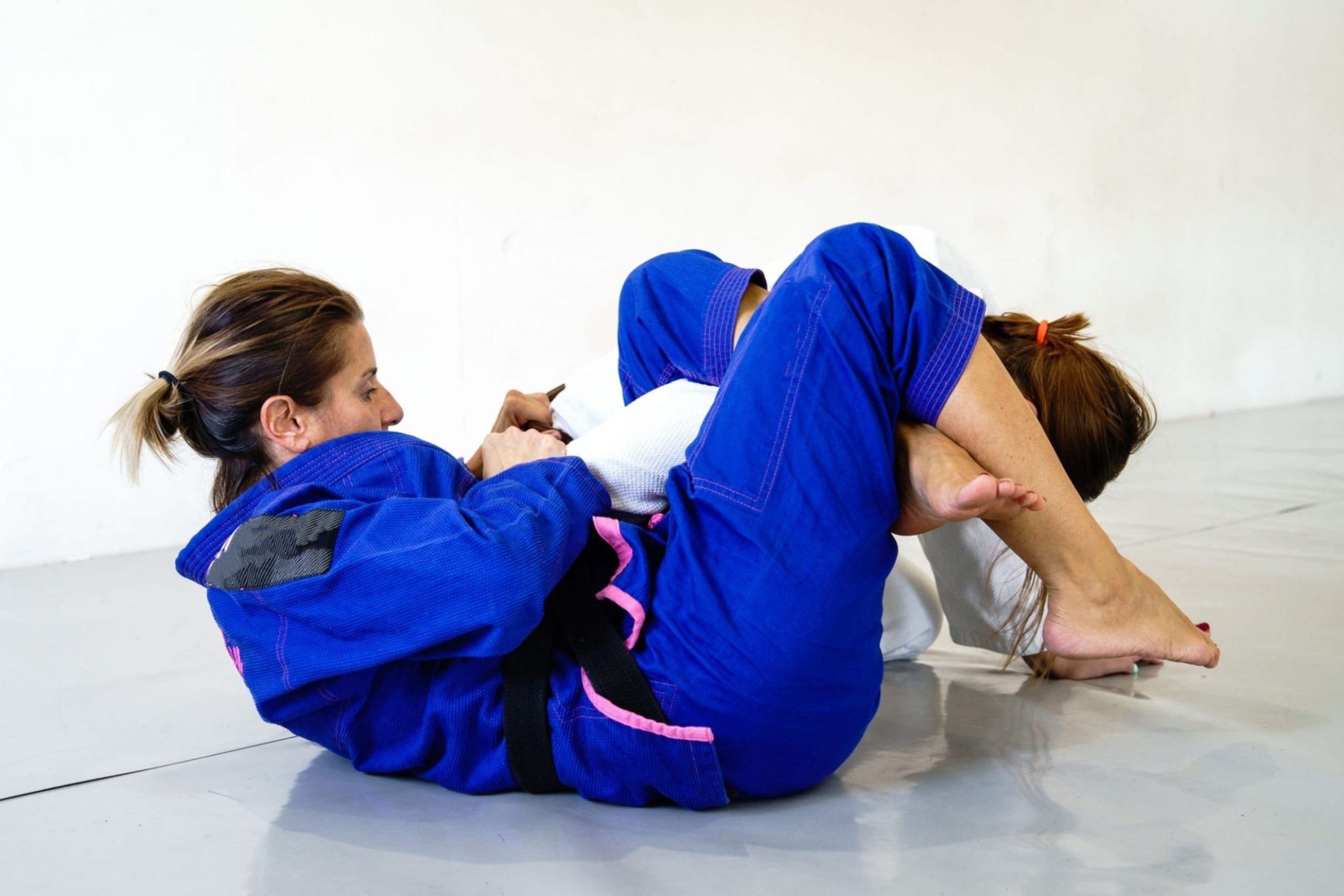


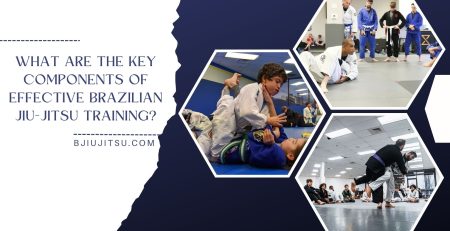

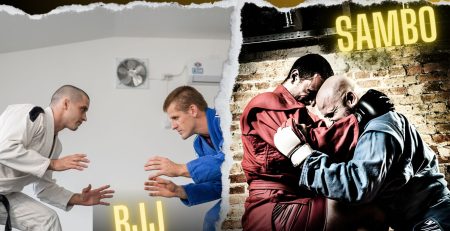
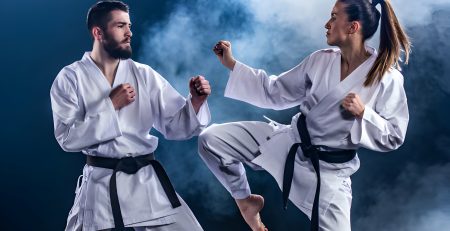




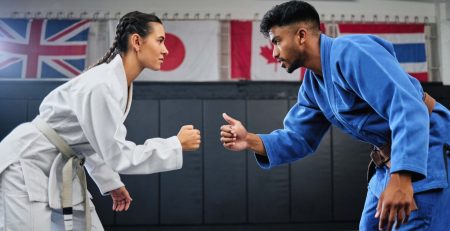

Leave a Reply
You must be logged in to post a comment.